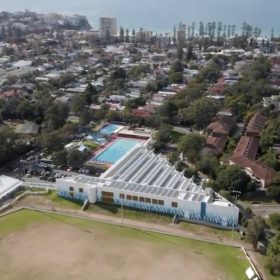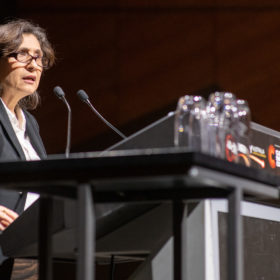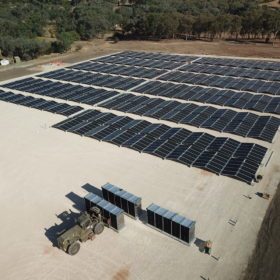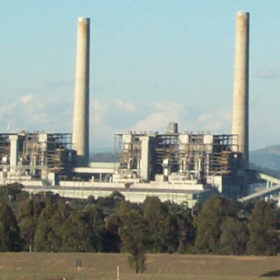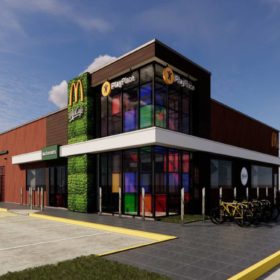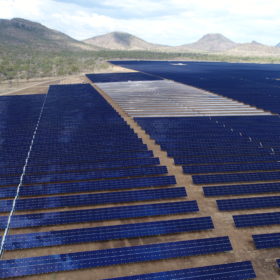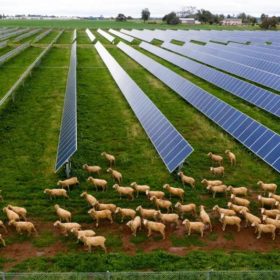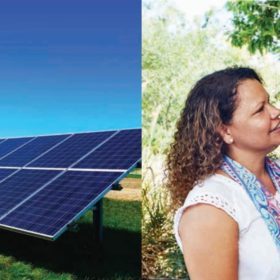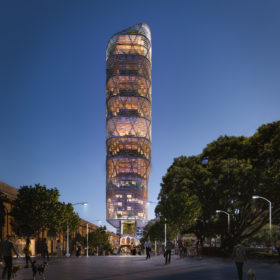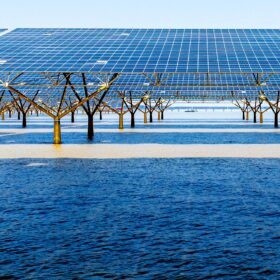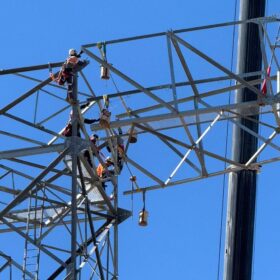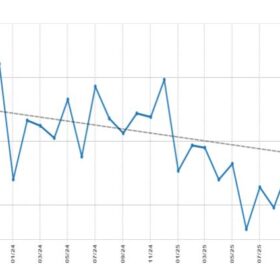The sun shines on Sydney’s Northern Beaches, but can it shine for them?
Sydney’s Northern Beaches Council has installed its largest solar array to date, a 265 kW rooftop system atop the Andrew ‘Boy’ Charlton Aquatic Centre in Manly. Council is revving up its solar capacity on its way to a goal of having renewable energy power all suitable Council sites by 2030, an ambition it hopes will inspire more local residents to take up solar too.
Victoria expands Solar for Rentals program
The Victorian government has boosted its solar rental scheme with interest-free loans in addition to two rebates per financial year landlords were already able to access.
Federal government awards major project status to Sun Cable’s 10 GW solar plan
The Australian federal government is fast-tracking the world’s biggest solar and storage project in the sun-drenched Tennant Creek region that aims to power Darwin and export solar from the outback to Singapore and eventually Indonesia via a submarine transmission link.
A ‘just transition’ just about the only transition worth having
A team of international researchers featuring ANU’s Prof Frank Jotzo has published a study on the ‘just transition’ from coal to renewable sources of energy. The paper looks at comparative examples of transitioning economies, taking account of political realities, and ultimately shows that a ‘just transition’ is just about the only transition worth having.
Macca’s 1000th site is a McSolar deal
1000 sites into the Sunburnt Country and McDonald’s has had the bright idea of investing in solar. The fast-food giant has begun construction on its 1000th Australian site, a ‘sustainable flagship’ which utilises rooftop solar and other sustainable practices as a possible model for fast-food franchises going forward.
Sungrow signs 150 MW distribution agreement with Solar Juice
The new deal with one of the leading solar wholesalers in Australia will make Sungrow’s suite of products available to a greater number of residential and commercial customers.
1 GW of solar projects in North Queensland could be curtailed to zero
New system strength challenges have been identified in North Queensland putting the output of nearly 800 MW of additional solar projects at risk.
Parkes transmitted the moon, now it’s transmitting the sun
The New South Wales town of Parkes, famous for its involvement in the Apollo 11 Moon landing, is set to play a part in another scientific wonder, the transition to renewable energy, after the NSW Government approved the development of the 80 MW Quorn Park Solar Farm. A small step in the plan , but a giant leap for the planet.
WA Recovery Plan to invest $66.3m in solar and batteries
The Western Australian Government’s $5.5 billion WA Recovery Plan was released yesterday, the plan features $66.3 million in renewable energy investment, most of that to go on solar and batteries, along with a significant top up of the Clean Energy Future Fund.
Atlassian’s new solar-powered tech tower
Atlassian Co-Founder, Scott Farquhar, says the company’s new headquarters in Sydney’s planned tech precinct will host thousands of workers and embody “the best new ideas”, including a solar-energy-generating facade — inspiration for a post-COVID, yet still warming world.
